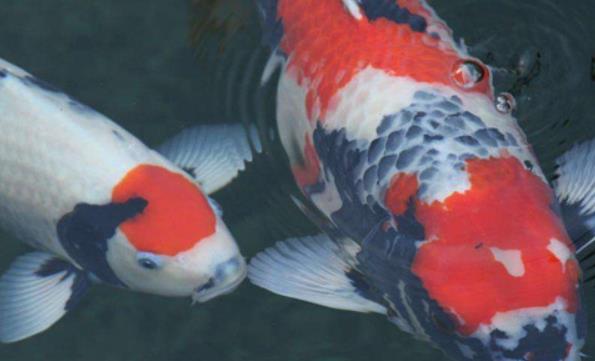Water changing for koi fish is an indispensable process in koi fish farming. If the water is not changed for a long time during koi fish farming, not only will the water in the fish tank emit a disgusting stench, but it will also lead to the death of koi fish. Therefore, the following points should be noted when changing the water for koi fish:

1. Why change the water when farming koi fish?
There are two important reasons for having to change the water when farming koi fish: 1) Increase the dissolved oxygen content in the water. 2) Maintain the ecological balance of the water body. There have been experiments showing that if you don't change the water, the ecological balance in the water will be disrupted. Because with feeding and the metabolism of the fish, harmful substances will appear. One of the most harmful substances is ammonia nitrogen. Besides having a direct toxic effect on the fish body, the accumulation of ammonia nitrogen will also trigger a series of problems in the fish tank or fish pond, such as the increase in nitrite and nitrate, water acidification, and aging, which will completely collapse the ecological balance of the aquarium and cause a series of diseases in the raised koi fish. (However, if the filtration system is powerful and the nitrifying bacteria are in good condition, changing the water once a week will be okay.)
2. What are the consequences of not changing the water when farming koi fish?
If the water is not changed, koi fish may die due to lack of oxygen, or the ecological balance of the water may collapse, resulting in death and koi fish diseases. At first, the symptoms are that the fish seem very tired and not as energetic as before. Then the fish in the tank will look lifeless, tired, and listless, and there may even be deaths. Finally, the previous situation will become more and more serious, and more and more fish will die.
3. How to change the water for koi fish?
Details to note when changing the water for koi fish: 1. First, put tap water in a large basin and expose it to the sun to let the chlorine gas dissipate. It's best to do this for more than 12 hours. Meanwhile, this can also raise the water temperature. 2. When changing the water, drain one-third of the water in the fish tank and add new water. Don't change all the water. The fish may not be able to adapt to the new environment and die. 3. When changing the water, don't take the fish out. Pour the water in slowly. The slower, the better. It's best to complete the water change in more than half an hour. 4. If there is dirt at the bottom of the fish tank, you can use a plastic pipe with a diameter of 8 millimeters and use the siphon method to suck it clean. 5. Don't place the fish tank in a place where the sunlight is too strong. After being exposed to the sun, the water is prone to algae growth and will reproduce quickly, reducing the oxygen content in the water. 6. It will be better if there is an aeration pump.
How often to change the water and how much water to change each time: In summer, you can change the water once every two days, and the amount of water changed each time should be 1/3 - 1/4 of the water in the fish tank. When it's cold, changing the water once a week or once every two weeks is okay, and the amount of water changed each time should still be 1/3 - 1/4 of the water in the fish tank.
